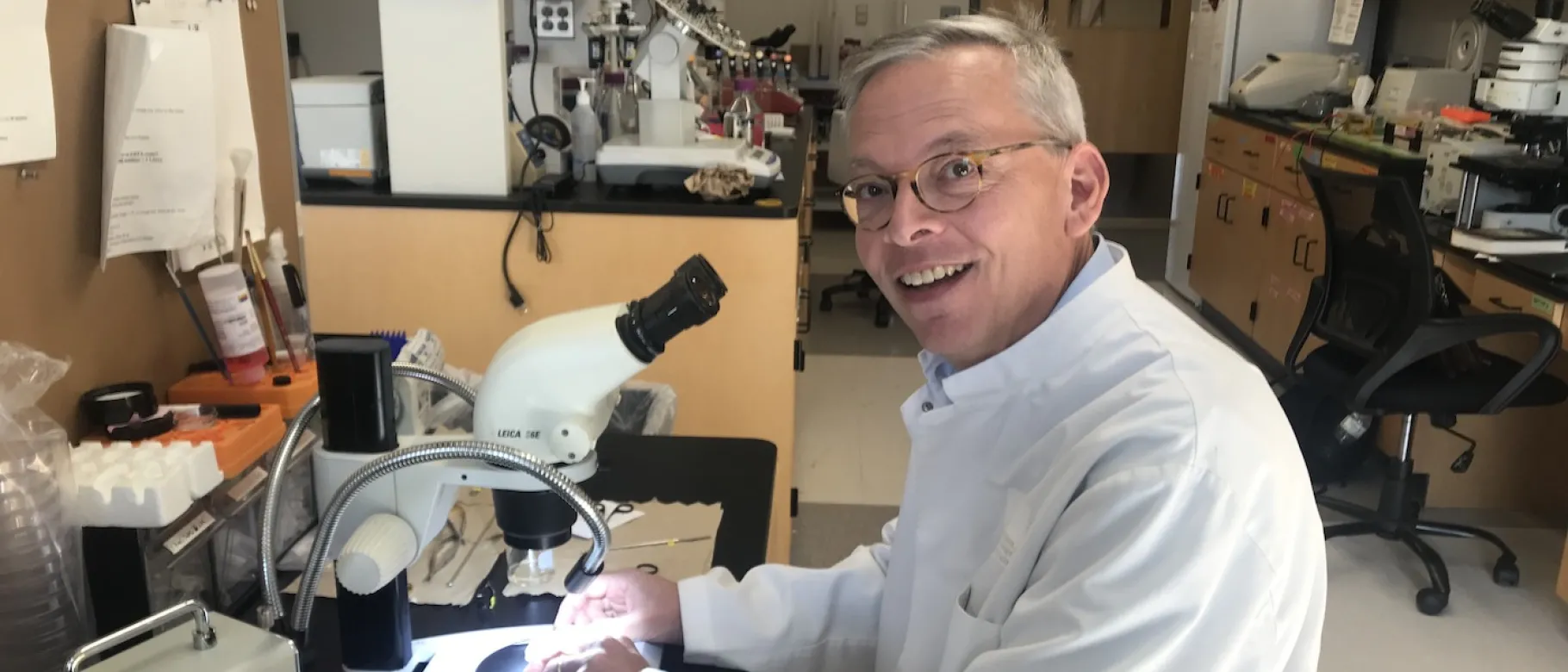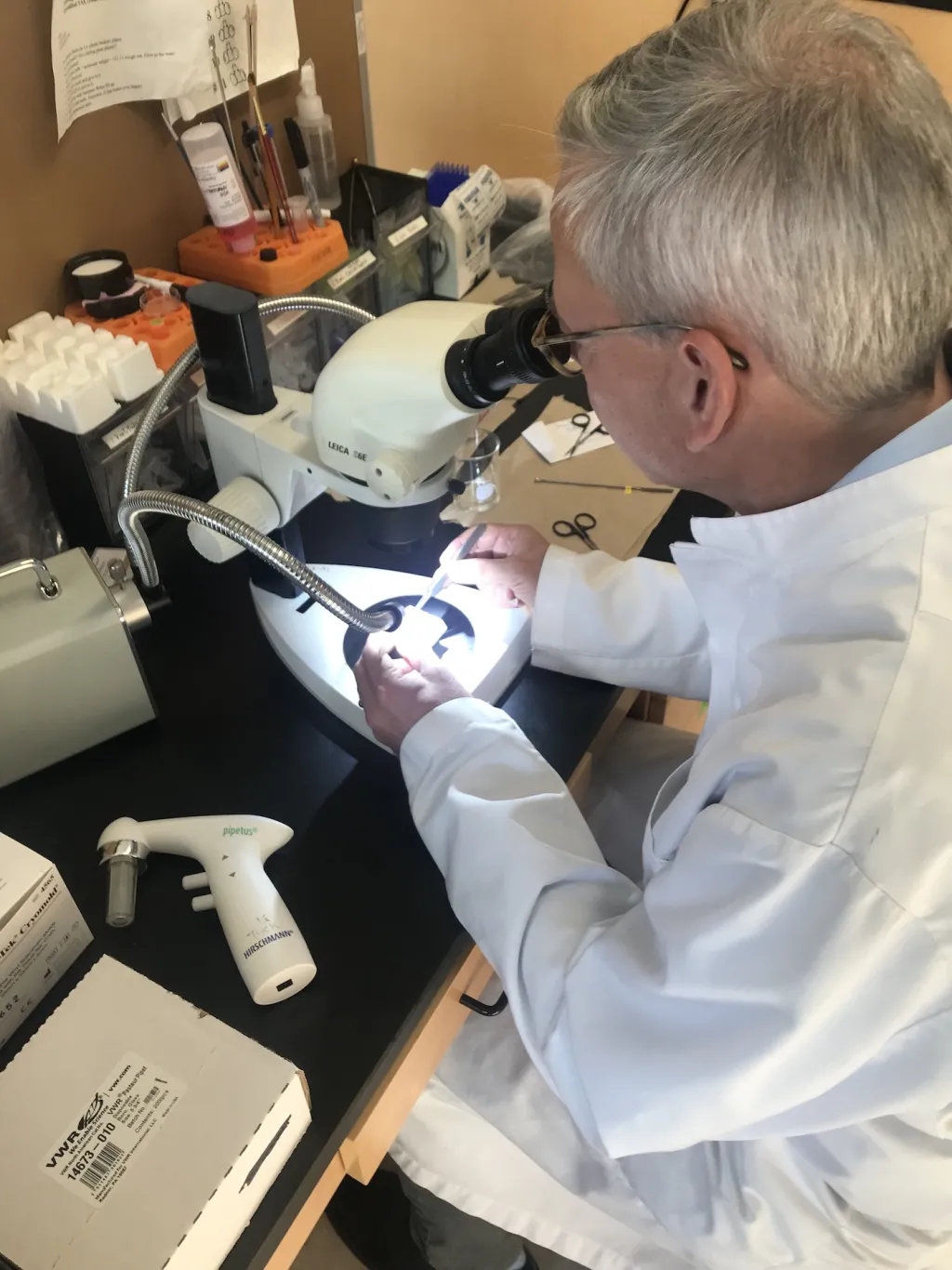UNE researcher awarded $400K to study new pathways in chronic pain

Kerry Tucker, Ph.D., associate professor in the Department of Biomedical Sciences in the College of Osteopathic Medicine, recently received a $400,000 two-year R21 grant from the National Institutes of Health to study a new mechanism in pain control.
Researchers at UNE want to understand how pain works at the most basic level: the level of the cells and neurons that are the first to signal when something feels painful.
In the United States over 50 million adults suffer from chronic pain, reporting that they experience it every day or most of the time. The loss of work attributed to chronic pain is estimated at over $80 billion per annum in lost wages. Both the treatment of pain and the adverse effects associated with such treatments as opioid therapy cost countless billions of dollars each year. Thus, pain is a complex topic demanding study from many different approaches, both at the clinical, socio-cultural, and cellular mechanistic levels.
Tucker and his collaborators have discovered that an unusual cellular structure may be important for many different types of pain. Primary cilia are short hair-like antennas protruding from the surface of almost all cells in the body. In the nervous system, primary cilia are critical for both the development and the function of neurons. However, nothing is known about potential functions that primary cilia may have in the function of neurons that process pain signals.
Recent work in the fruit fly and in the rat have suggested a role for Hedgehog signaling in the development and maintenance of a pain response. The Hedgehog pathway is a signaling pathway that transmits information to embryonic cells required for proper cell differentiation. The pathway takes its name from an intracellular signaling molecule called Hedgehog. The Hedgehog gene is said to resemble a hedgehog.
“The interesting thing about the Hedgehog pathway is that there are already corresponding drugs approved for use in fighting cancer, so it might be straightforward to try out these compounds with patients,” commented Tucker.
In mammals, the Hedgehog pathway demonstrates a dependence upon primary cilia in order to work properly. The research in this R21 grant will test the idea that primary cilia of the pain neurons will process pain-inducing signals arriving from the outside world.
